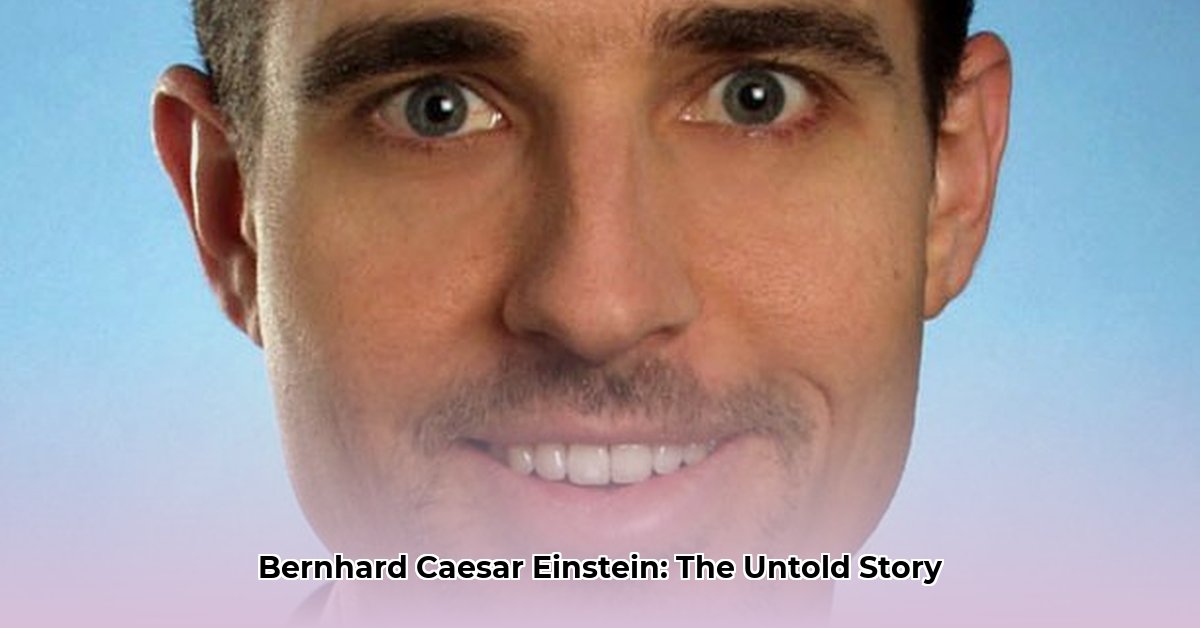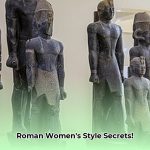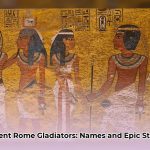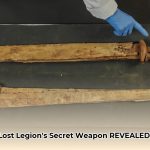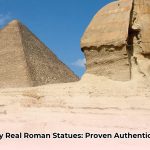Ever heard of Bernhard Caesar Einstein? While his grandfather, Albert, is a household name, Bernhard’s story deserves recognition. He was a successful engineer, and this article aims to explore his life, starting with his birthplace and showcasing his journey. We’ll delve into his career, family life, and uncover the interesting parts of his story. Get ready to discover the lesser-known Einstein! For more on his early years, see his early life.
Bernhard Caesar Einstein’s Birthplace and Early Life
Bernhard Caesar Einstein. The name might not resonate as immediately as his grandfather’s, but his life story forms a captivating chapter in the Einstein family history. Bernhard was born on July 10, 1930, in Dortmund, Germany, to Hans Albert Einstein and Frieda (née Knecht) Einstein. This makes him Swiss-American, as his parents were Swiss and he later became an American citizen.
His early years were spent in Switzerland, where his father worked on bridge-building projects. The family later moved to Greenville, South Carolina, in the United States, as Albert Einstein, concerned about the rise of Nazi Germany, encouraged his son to emigrate.
Growing Up in the Shadow of a Scientific Genius
Bernhard’s childhood was intertwined with global events and his family’s legacy. Growing up as the grandson of Albert Einstein meant living with a name synonymous with genius. This unique heritage shaped his experiences, particularly as his family navigated the rise of Nazism and World War II.
Bernhard first met his grandfather Albert when he was two years old. As a boy, he would travel alone to spend time with Albert in New Jersey, and at Saranac Lake in upstate New York. These visits allowed him to form a close bond with his grandfather, who shared his love of music and sailing with him.
Education and Military Service
Bernhard’s early academic performance was mixed. He attended the University of California, Berkeley, where he excelled in German but struggled with other subjects. In 1954, he enlisted in the US Army and was stationed in southern Germany.
After his military service, Bernhard pursued further education at the Swiss Federal Institute of Technology (ETH) in Zurich, Switzerland, following in the footsteps of his grandfather and father by studying physics.
Engineering Career
After obtaining his diploma from ETH, Bernhard returned to the United States and began his engineering career at Texas Instruments in Dallas, Texas. He later worked at Litton Industries in the San Francisco Bay Area, specializing in electron tube technology and light amplification devices for night vision.
Bernhard’s work led to several US patents related to light amplification technology. In 1974, he moved back to Switzerland and worked in laser technology at the Swiss Army Research Lab in Thun, where he obtained another US patent.
Family Life
Bernhard married Doris Aude Ascher in 1954. They had five children: Thomas Martin Einstein, Paul Michael Einstein, Eduard Albert Einstein, Mira Einstein-Yehieli, and Charles Quincy Ascher Einstein.
Some sources indicate that Bernhard later married Doris Schweizer in 1998, but details about this second marriage are limited.
Bernhard Caesar Einstein passed away on September 30, 2008, at Insel Hospital in Bern, Switzerland, at the age of 78. The cause of his death was reportedly renal failure or vascular disease.
Unearthing a Fuller Picture
While information about Bernhard Caesar Einstein’s life is available, details about his personal life and specific engineering achievements remain somewhat limited. Exploring patent records, university archives, and family records could provide additional insights into his life and work.
| Research Area | Potential Sources | Expected Outcomes |
|---|---|---|
| Patent Records | US Patent and Trademark Office, Swiss Patent Office | Detailed understanding of Bernhard’s inventions and their impact |
| University Archives | ETH Zurich, University of California, Berkeley | Academic records, research collaborations, personal documents |
| Family Records | Geneological databases | Further details on family life |
Bernhard Caesar Einstein’s Inventions and Laser Technology
While Albert Einstein’s theoretical work laid the foundation for the development of lasers through his 1917 paper on stimulated emission, Bernhard Caesar Einstein’s contributions were in the practical application of light amplification technologies.
Albert Einstein’s Theoretical Contribution
Albert Einstein’s theory of stimulated emission described the process by which an atom emits a photon when triggered by an incoming photon of the same frequency. This theoretical breakthrough paved the way for the development of lasers, which rely on the amplification of light through stimulated emission.
Bernhard Caesar Einstein’s Engineering Contributions
Bernhard Caesar Einstein focused on engineering applications, specializing in electron tube technology and light amplification for night vision. His work at Litton Industries and the Swiss Army Research Lab resulted in several US patents related to light amplification and laser technology. These patents demonstrate his innovative contributions to the field, particularly in enhancing night vision capabilities.
A Legacy of Innovation in Engineering Solutions
Bernhard Caesar Einstein’s career highlights the link between theoretical physics and practical engineering. His work built upon his grandfather’s theoretical foundation to create tangible technologies that advanced the field of light amplification.
Key Takeaways:
- Albert Einstein’s theory of stimulated emission was foundational for laser technology.
- Bernhard Caesar Einstein made engineering contributions to light amplification technologies.
- His patents showcase his innovative contributions to light amplification and night vision.
Bernhard Caesar Einstein’s Engineering Contributions in Light Amplification Technologies: A Legacy of Innovation
Bernhard Caesar Einstein carved out a career in engineering, focusing on practical applications rather than theoretical physics. His work significantly impacted light amplification technologies, particularly in laser and night vision applications.
Patents and Innovations
Bernhard secured multiple US patents, demonstrating his innovative contributions to the field. His specialization in electron tube technology and light amplification devices for night vision led to advancements in these areas.
Career Highlights
Bernhard worked for several notable companies, including Texas Instruments and Litton Industries, contributing to the development of advanced electronic systems. His work at the Swiss Army Research Lab furthered his contributions to laser technology.
A Legacy of Practical Application
Bernhard Caesar Einstein’s life and career exemplify the practical application of theoretical physics advancements. His work underscores the importance of engineering in translating scientific discoveries into tangible technologies.
Key Takeaways:
- Bernhard Caesar Einstein pursued a career in engineering, distinct from his grandfather’s theoretical physics focus.
- His work significantly impacted light amplification technologies, particularly in laser and night vision applications.
- He secured multiple US patents, showcasing his innovative contributions to the field.
- His life and career underscore the practical applications of theoretical physics advancements.
